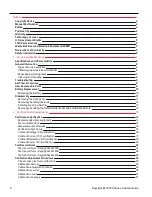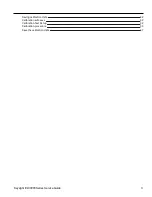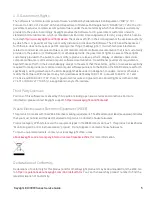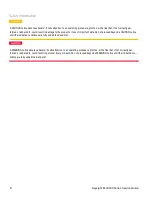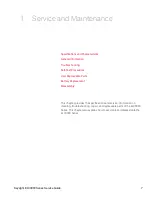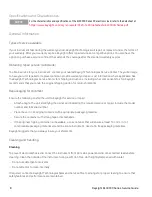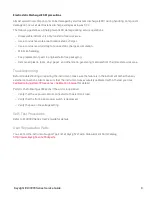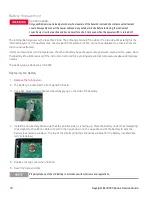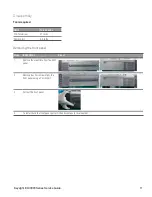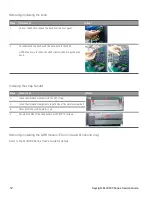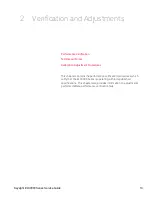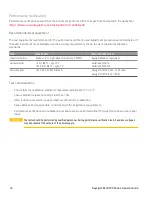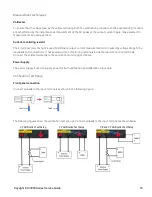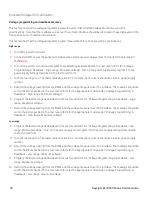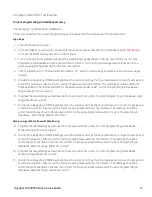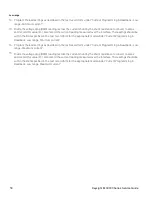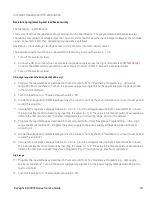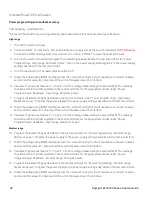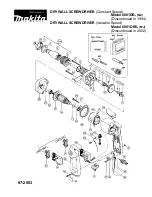
Electrostatic Discharge (ESD) precautions
Almost all electrical components can be damaged by electrostatic discharge (ESD) during handling. Component
damage can occur at electrostatic discharge voltages as low as 50 V.
The following guidelines will help prevent ESD damage during service operations:
– Disassemble instruments only in a static-free work area.
– Use a conductive work area to reduce static charges.
– Use a conductive wrist strap to reduce static charge accumulation.
– Minimize handling.
– Keep replacement parts in original static-free packaging.
– Remove all plastic, foam, vinyl, paper, and other static-generating materials from the immediate work area.
Troubleshooting
Before troubleshooting or repairing the instrument, make sure the failure is in the instrument rather than any
external connections. Also make sure that the instrument was accurately calibrated within the last year (see
Calibration Adjustment Procedures > Calibration Interval
for details).
Perform the following verifications if the unit is inoperative:
– Verify that the ac power cord is connected to the electronic load.
– Verify that the front-panel power switch is depressed.
– Verify the power-line voltage setting.
Self-Test Procedures
Refer to
EL30000 Series User's Guide
for details.
User Replaceable Parts
You can find the instrument support part list at Keysight's Test & Measurement Parts Catalog
http://www.keysight.com/find/parts
.
Keysight EL30000 Series Service Guide
9


